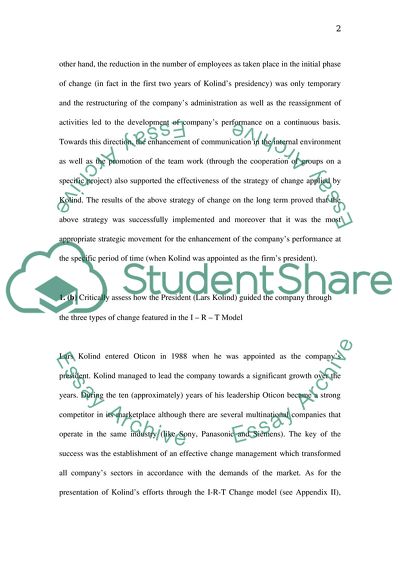Cite this document
(“Organisational Change in the Oticon Essay Example | Topics and Well Written Essays - 1750 words”, n.d.)
Organisational Change in the Oticon Essay Example | Topics and Well Written Essays - 1750 words. Retrieved from https://studentshare.org/miscellaneous/1538988-oticon-case-study
Organisational Change in the Oticon Essay Example | Topics and Well Written Essays - 1750 words. Retrieved from https://studentshare.org/miscellaneous/1538988-oticon-case-study
(Organisational Change in the Oticon Essay Example | Topics and Well Written Essays - 1750 Words)
Organisational Change in the Oticon Essay Example | Topics and Well Written Essays - 1750 Words. https://studentshare.org/miscellaneous/1538988-oticon-case-study.
Organisational Change in the Oticon Essay Example | Topics and Well Written Essays - 1750 Words. https://studentshare.org/miscellaneous/1538988-oticon-case-study.
“Organisational Change in the Oticon Essay Example | Topics and Well Written Essays - 1750 Words”, n.d. https://studentshare.org/miscellaneous/1538988-oticon-case-study.


